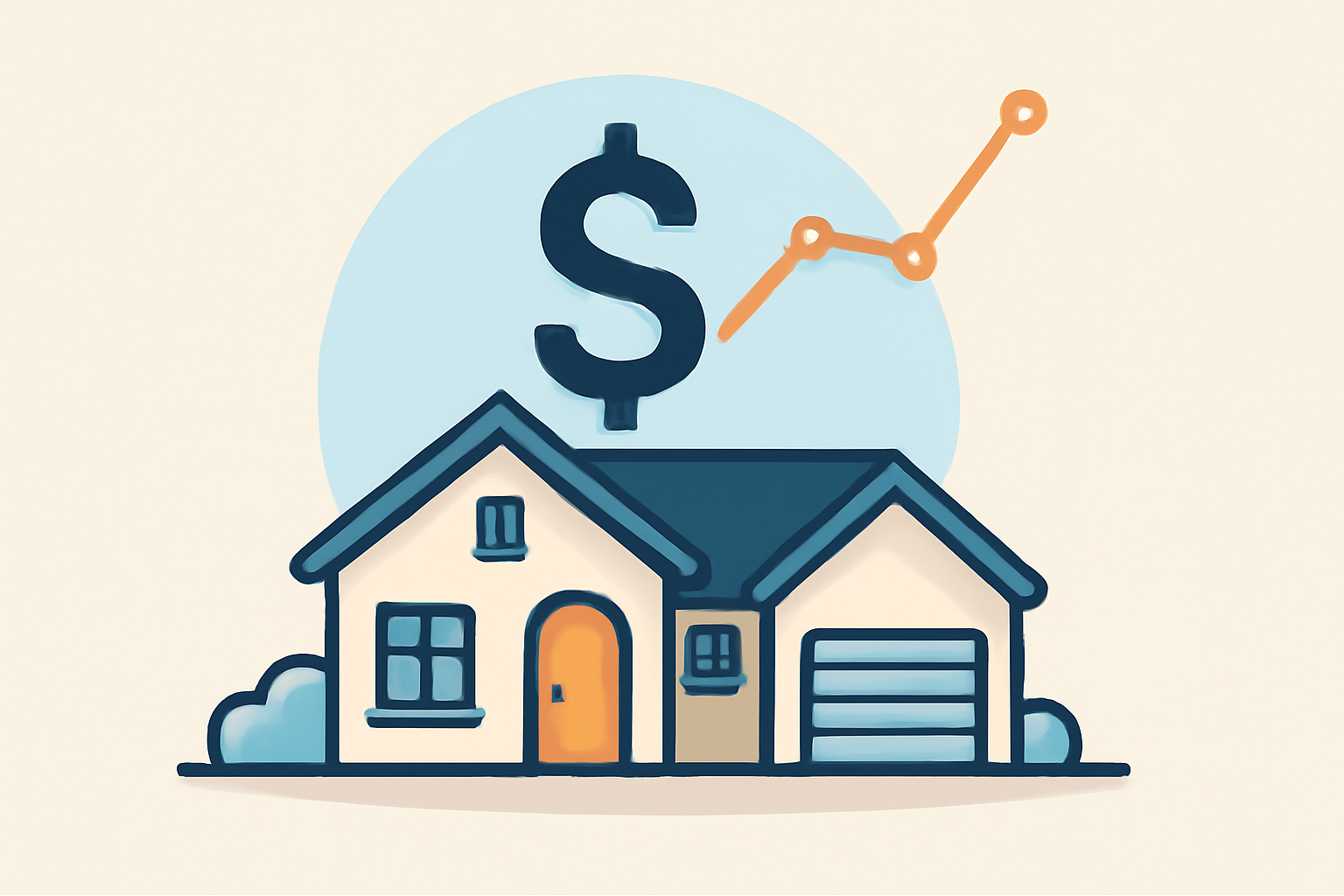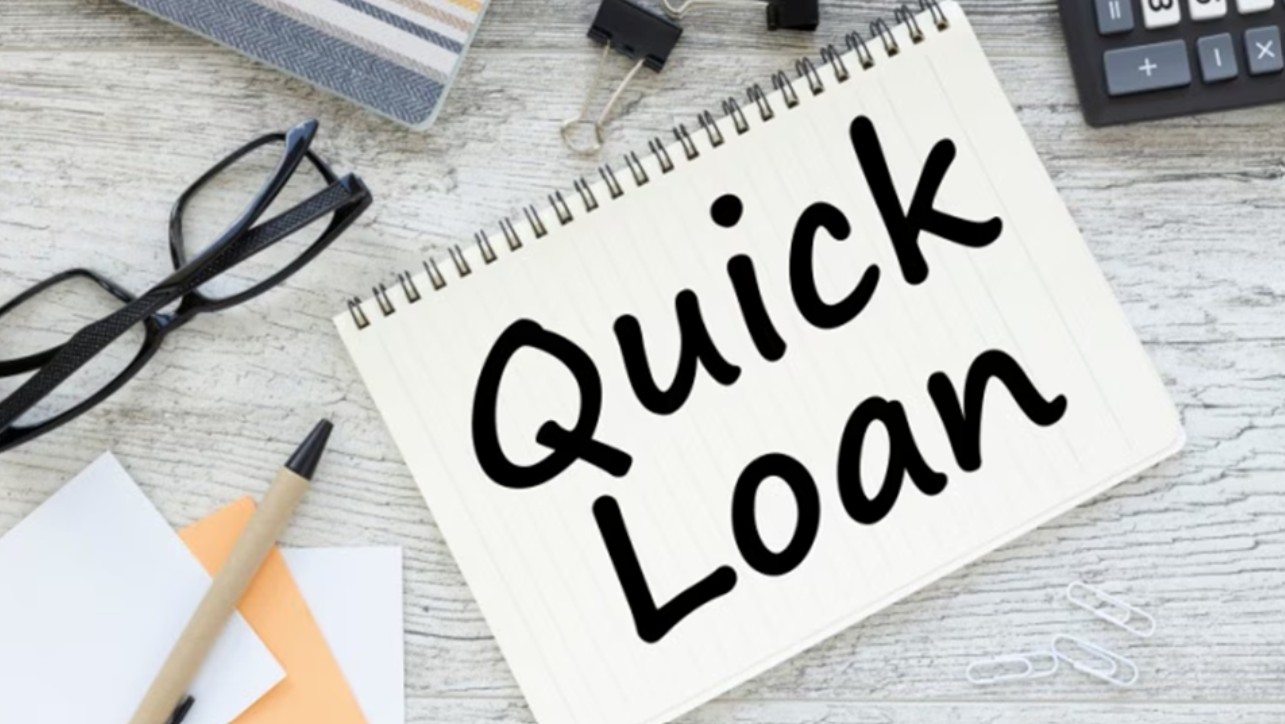What is a HELOC? Everything You Need to Know Before Applying

Strong 8k brings an ultra-HD IPTV experience to your living room and your pocket.
Introduction
A Home Equity Line of Credit (HELOC) is an increasingly popular financial tool for homeowners looking to leverage their property’s equity. Whether you want to fund home improvements, consolidate high-interest debt, or cover a significant expense, a HELOC offers flexibility and affordability. This post will guide you through the key details of what a HELOC is, how it works, and the benefits it can offer you.
Many homeowners don’t realize the potential of their home equity, often relying on credit cards or personal loans that come with higher interest rates. A HELOC can help you tap into that equity with lower interest rates and flexible borrowing options. Learn more about how a HELOC works here.
What is a HELOC?
A HELOC is essentially a revolving line of credit secured by the equity in your home. It functions similarly to a credit card—allowing you to borrow money as needed, up to a set limit, and only pay interest on the amount you use.
Unlike traditional loans, a HELOC gives you the flexibility to borrow and repay multiple times during the loan’s draw period. The credit limit is based on the equity in your home, which is the current market value minus any outstanding mortgage balance.
Typically, HELOCs offer lower interest rates than credit cards or personal loans, making them an attractive option for homeowners looking to finance large projects or consolidate debt. However, since they are secured by your home, failing to make payments could result in foreclosure.
To qualify for a HELOC, you generally need at least 15-20% equity in your home, a reasonable credit score (usually above 620), and a steady income. Explore how to apply for a HELOC online to get started.
How Does a HELOC Work?
A typical HELOC operates in two distinct phases:
1. The Draw Period
This is the time frame during which you can borrow money from your line of credit. The draw period typically lasts for 5-10 years, during which you can access funds as needed. During this time, you’ll only be required to make interest payments, although you can choose to make additional principal payments to reduce the balance.
2. The Repayment Period
After the draw period ends, the HELOC enters the repayment phase, typically lasting 10-20 years. During this period, both principal and interest are due. At this point, the monthly payment will likely increase, as you begin to pay down both the borrowed amount and the interest.
The key benefit of a HELOC is the flexibility it offers. You can use the line of credit for a variety of purposes—whether that’s funding home improvements, consolidating debt, paying for education, or even making a large purchase.
One of the main differences between a HELOC and other types of loans is that HELOCs generally have variable interest rates, meaning that your rate can change over time depending on market conditions. However, some lenders offer fixed-rate options for the draw period or the entire loan term.
HELOC vs. Home Equity Loan
When considering home equity borrowing options, many homeowners struggle with deciding between a HELOC and a home equity loan. Let’s break down the key differences:
1. Structure of the Loan
HELOC: A revolving line of credit that allows you to borrow up to a certain limit and make payments based on what you’ve used.
Home Equity Loan: A lump-sum loan that you receive upfront and repay with fixed monthly payments over a set period.
2. Interest Rates
HELOC: Typically comes with a variable interest rate, which can fluctuate over time based on market conditions.
Home Equity Loan: Typically comes with a fixed interest rate, so your monthly payments remain consistent throughout the loan term.
3. Repayment Terms
HELOC: Flexible repayments during the draw period (interest-only payments are common). Afterward, you enter the repayment phase, where both principal and interest are due.
Home Equity Loan: Fixed monthly payments that include both principal and interest.
When Should You Choose One Over the Other?
HELOC: Ideal for projects with unpredictable costs, such as home improvements or for debt consolidation where you only need to borrow as needed.
Home Equity Loan: Best for larger, one-time expenses, such as paying for a major home renovation project, where you know exactly how much money you need upfront.
To make an informed decision, you can compare HELOC rates and see what fits your financial goals.
Benefits of a HELOC
A HELOC offers several advantages that make it an attractive financing option for homeowners. Below are some key benefits:
1. Low Interest Rates
Because a HELOC is secured by your home, it typically offers lower interest rates than unsecured loans like personal loans or credit cards. This can save you significant money, especially if you use the funds for high-interest debt consolidation.
2. Flexibility in Borrowing
One of the greatest benefits of a HELOC is its flexibility. You can borrow money as needed, and only pay interest on the amount you use. If you don’t use the full line of credit, you’re not paying interest on it.
3. Tax Deductibility
Interest paid on a HELOC may be tax-deductible if the funds are used for home improvements. This makes it an attractive option for homeowners looking to finance renovations or repairs. Be sure to consult with a tax advisor to ensure you qualify for this deduction.
4. Access to Larger Amounts
Unlike personal loans or credit cards, HELOCs often allow you to borrow larger amounts, especially if you have significant home equity. This makes them ideal for large expenses such as paying for college tuition, home renovations, or other large projects.
5. Flexible Repayment Options
With a HELOC, you only pay interest during the draw period, and you can often repay the loan at your own pace. Some lenders even offer interest-only payments during the draw period, which can make it easier to manage cash flow.
How to Apply for a HELOC
Applying for a HELOC is a straightforward process, but there are a few key steps you should follow:
1. Check Your Credit
Before applying, it’s important to review your credit score. While a score of 620 is generally considered the minimum for HELOC approval, having a higher score can help you secure better rates.
2. Determine Your Home Equity
To qualify for a HELOC, you’ll need to have enough equity in your home. Generally, lenders will allow you to borrow up to 80-85% of your home’s value minus the remaining mortgage balance.
3. Gather Documents
Lenders will require documentation to assess your financial health. This typically includes proof of income, recent tax returns, a home appraisal, and details of your mortgage balance.
4. Submit Your Application
Once you’ve gathered the necessary documents, you can apply online, in person, or through a bank or credit union. Apply for a HELOC online to streamline the process.
Common Pitfalls to Avoid
While a HELOC can be a great financial tool, it’s important to be aware of potential pitfalls:
1. Variable Interest Rates
Many HELOCs come with variable interest rates, which means your payments could increase over time. It’s essential to understand how interest is calculated and be prepared for potential fluctuations in your monthly payments.
2. Over-Borrowing
It’s easy to get carried away with a HELOC, especially since you only pay interest on what you use. Be mindful of how much you borrow to avoid accumulating more debt than you can repay.
3. Skipping Repayments
Once the draw period ends, you’ll need to start repaying both principal and interest. Failure to make timely payments could result in penalties, increased interest rates, and even foreclosure.
Conclusion
A HELOC can be an excellent tool for homeowners who need access to funds for various purposes, such as home renovations, debt consolidation, or educational expenses. With lower interest rates and flexible borrowing terms, a HELOC offers a great alternative to high-interest credit cards or personal loans.
Before applying, make sure you fully understand the terms and conditions, including the draw and repayment periods. Start your application process here to see how a HELOC can work for you.
FAQ
Q1: What is the difference between a HELOC and a home equity loan?
A1: A HELOC is a revolving line of credit, while a home equity loan is a lump sum with fixed payments.
Q2: Can I use a HELOC to consolidate debt?
A2: Yes, many people use a HELOC to consolidate high-interest debt like credit cards.
Q3: How do I apply for a HELOC?
A3: The application process involves checking your credit score, determining your home equity, and submitting necessary documentation. You can apply online here.
Q4: Is the interest on a HELOC tax-deductible?
A4: Yes, if the funds are used for home improvements, the interest on your HELOC may be tax-deductible.
Note: IndiBlogHub features both user-submitted and editorial content. We do not verify third-party contributions. Read our Disclaimer and Privacy Policyfor details.







